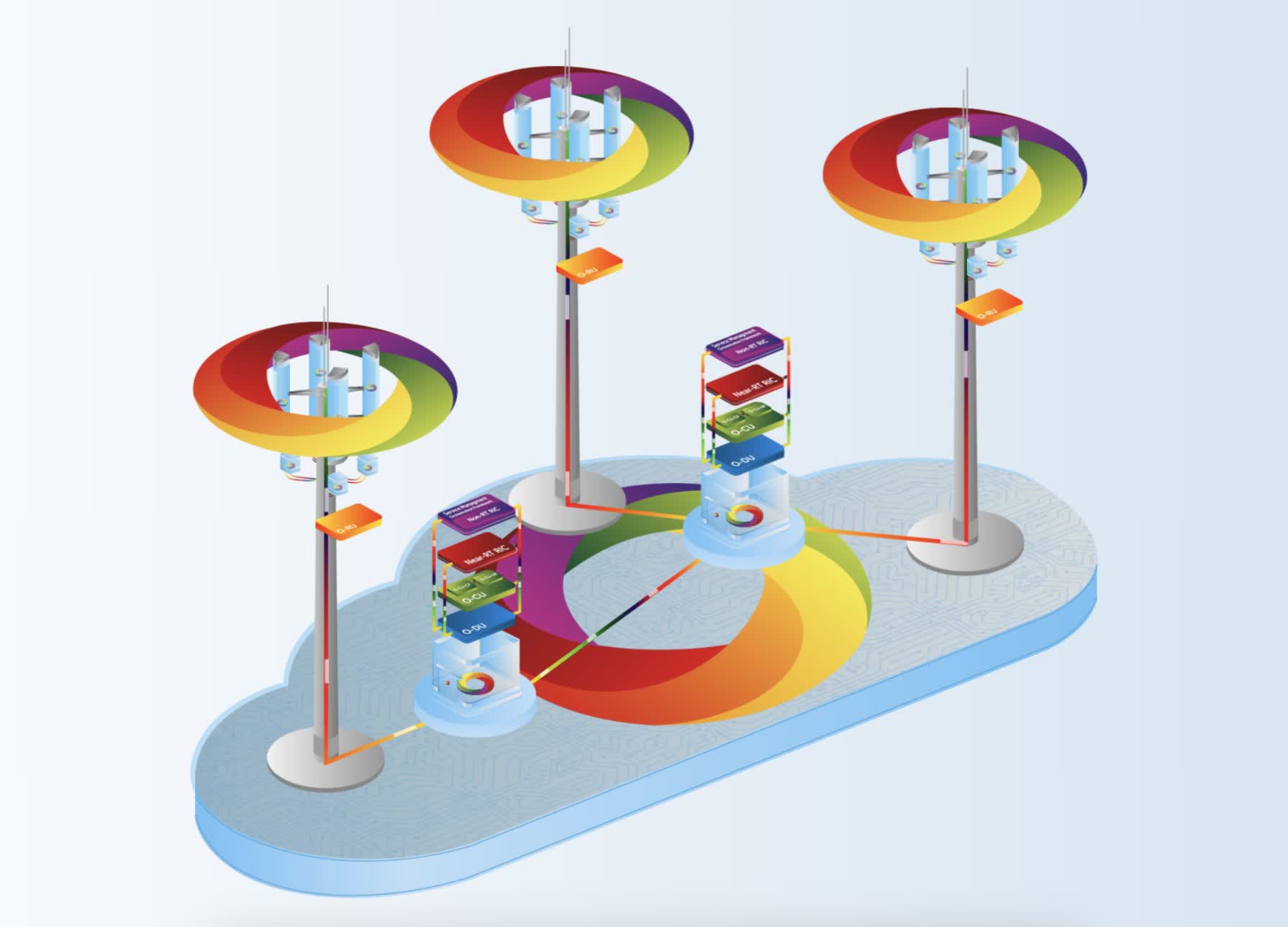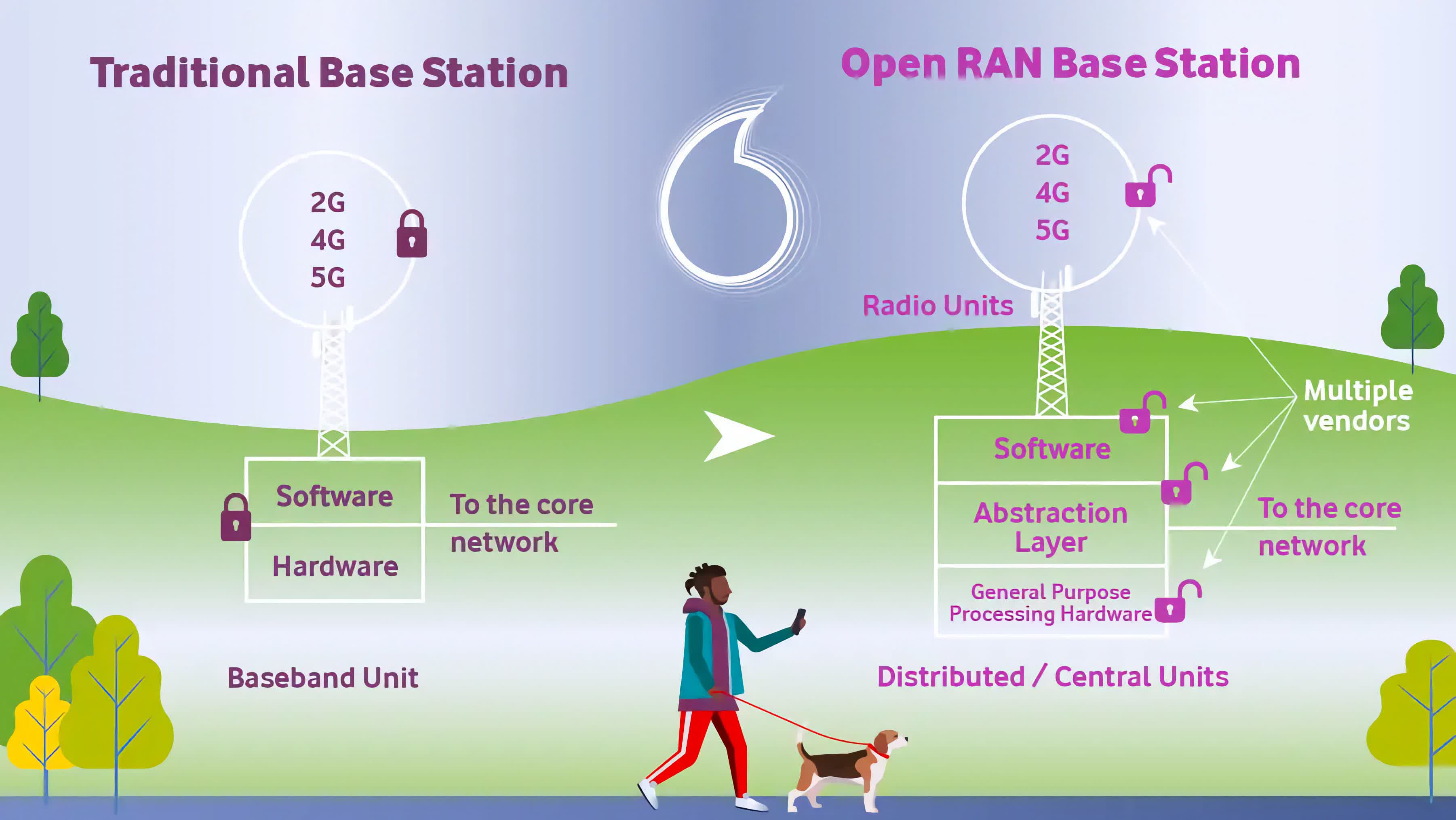There have been some recent happenings about the Open RAN initiative that we felt merit some attention, but first, some background. Open RAN means to modernize the radio access network (RAN) of cellular networks. The RAN manages the connection between the cell phone and the base station, handles call control, manages roaming between base stations, and connections deeper into the operators' networks or out to the Internet.
Editor's Note:
Guest author Jonathan Goldberg is the founder of D2D Advisory, a multi-functional consulting firm. Jonathan has developed growth strategies and alliances for companies in the mobile, networking, gaming, and software industries.
To greatly simplify it, Open RAN's goal is to decouple the hardware of the RAN from the software that runs on it, allowing the RAN to operate a lot more like the way modern networks work. The "Open" part is important in this context because it means the operators can pick and choose which software best suits their needs.
All of this sounds great, after all,
who doesn't like "Open"?
All of this sounds great, after all, who doesn't like "Open"? To name two, the incumbent equipment vendors Nokia and Ericsson really do not like it. They make a lot of money selling RAN hardware bundled with software. Open RAN potentially cuts directly into that business, which could hurt their profitability. But more critically, this is an area of key strategic control for them.
Uncoupling their RAN model would threaten all the rest of the upstream networking gear they sell, and those products are already under heavy threat from networking giants like Cisco and Juniper. So Open RAN could be a big problem for Nokia and Ericsson.
Open RAN also faces other problems. By their very nature, open projects can involve cumbersome decision making processes, slowing down advances as everything has to move through various approval bodies. This creates mismatch among the various vendors with some software not working with other software or particular hardware configurations, for example.
All of this also means Open RAN deployments can be highly complex, creating a big burden on operators to sort out all the configurations. Meaning that Open RAN deployments can end up being more expensive than traditional deployments. That last point is highly contentious, because in theory Open RAN should cost operators considerably less in the long run, but evidence on the ground for these savings are proving difficult to quantify (maybe, more on this in a moment).

All of these threads converged recently at an Open RAN conference where Ericsson unveiled a proposal for a particular link in the Open RAN system. Yes, Ericsson is a member of the Open RAN organization. Their official position is some variant of Open RAN is what carriers want, and we are in the business of giving our customers what they want, but they have to really want it.
Of course, Ericsson and Nokia's participation in Open RAN is a source of trepidation among the other participants. Both companies have a long history of 'embracing' open initiatives, and hugging them really tightly. Open RAN is the most far-reaching such initiative, but it is far from the first, and by now the incumbents have a well-worn playbook for engaging with these projects. Part of that involves broad marketing campaigns in which various proxies fans give speeches and write blog posts about how expensive Open RAN is, and just generally spreading fear, uncertainty and doubt.
Ericsson's latest proposal is a fairly simple, highly technical one. Open RAN architectures split the base station into two units the RU and the DU, one unit for Radio signals (a.k.a. the analog portion) and one unit for Digital processing. The link between these two has to carry a heavy load, doing a lot of work that was previously handled by a single box. Breaking it apart introduces many serious technical trade-offs. The Open RAN group has already defined how this link works, but Ericsson has pointed out some legitimate flaws with that approach.
Ericsson may or may not be attempting to fragment the Open RAN project. Meanwhile, Facebook has made a generous contribution to the project.
At one level, Ericsson's position is entirely sincere – they want to do something slightly different, and they have suggested this Open body rethinks the agreed upon solution. At another level, almost no one believes Ericsson's sincerity. The existing solution was a compromise reached after thorough deliberation. The body now has to decide if they want to revisit that solution which will have follow-on costs for those who have already designed it into their products; alternatively the group can allow for two approaches which further adds to the complexity (and cost) of deploying Open RAN.
We have no idea which solution is technically superior, but we are fairly certain that Ericsson knows exactly what it is doing with this proposal.
In all of this, it is important to remember that the Open RAN initiative is more than just a dispute between two camps of equipment vendors. The project has a lot of other participants including big internet companies like Facebook, who see Open RAN as further expanding the reach of the Internet (which everyone will then use to access Instagram, WhatsApp and Threads).
We were reminded of these stakes last month when Facebook transferred its design for an Open RAN radio to the Open Compute Project, another group trying to simplify how to build all kinds of networking and compute equipment.
It is a generous move on Facebook's part, donating the considerable engineering work they have done designing the system. But their move comes at an interesting time in light of the friction in the rest of the Open RAN group.
Facebook is like the only sober person in a dive bar when the fist fight breaks out (no pun intended). As chairs are breaking and glasses go flying, they are trying to remind everyone that bar is there for a purpose, not just a venue for fighting. It does not appear that anyone is listening.
